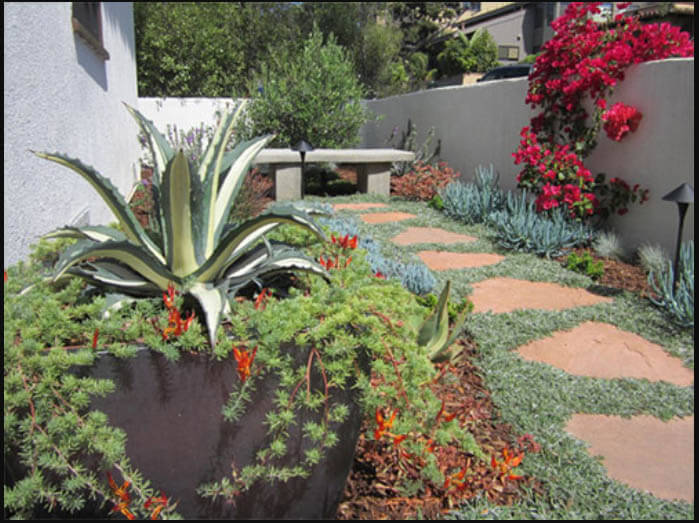As we move towards a greener future, more families and businesses are turning to the beauty and sustainability of a California Native Plants Garden. This eco-friendly choice not only conserves water but also nurtures a thriving ecosystem of native birds, bees, and butterflies. Beyond cost savings on water bills, these gardens demand minimal maintenance once established.
Choosing California Native Plants
When planning your garden, the first critical step is selecting the right plants. Native plants are adapted to the region’s unique conditions, making them well-suited to thrive with minimal intervention. Look for species native to California, as they’ve evolved to withstand our climate, soil, and water patterns.
Assessing Water Needs
Evaluate the water source and irrigation system in your garden area. Native plants typically require less water than non-natives, but it’s crucial to understand their specific needs. Ensure your irrigation system aligns with the watering requirements of California native plants, which often prefer infrequent deep watering over frequent shallow irrigation.
Optimizing Drainage
Assess the drainage in your garden area by conducting a simple test. Dig a hole, fill it with water, and monitor the drainage rate. Good drainage usually occurs within 1 to 30 minutes. If your soil has poor drainage, consult with a gardening expert or amend the soil to create a suitable environment for your California Native Plants Garden.
Sunlight and Microclimates
Consider the amount of sunlight your garden area receives throughout the day. California’s diverse microclimates affect plant growth. Ensure your plant selections match the sunlight conditions in your garden. Native plants accustomed to your region’s microclimates will thrive with less effort.

Ready to transform your garden? Explore our professional landscaping services at ProGreen Gardeners and take the first step toward your dream garden.
Creating a Harmonious Plant Community
Design your garden by considering the concept of a plant community. California native plants often coexist naturally in specific regions. Choose a combination of plants that belong to the same ecological community, ensuring they complement each other’s growth patterns, water requirements, and aesthetic appeal.
Finalizing Your California Native Plants Garden
By following these guidelines and selecting the right California native plants, you’re on your way to creating a flourishing, water-efficient garden that’s sustainable and visually appealing. In your California Native Plants Garden, you’ll find a harmonious blend of beauty, conservation, and low-maintenance landscaping.
Conclusion
Creating a California Native Plants Garden is a meaningful step towards a sustainable and vibrant landscape. This eco-conscious choice not only conserves water but also fosters a thriving ecosystem. With careful planning and plant selection, you can enjoy the beauty of California’s native flora while contributing to a greener future.

